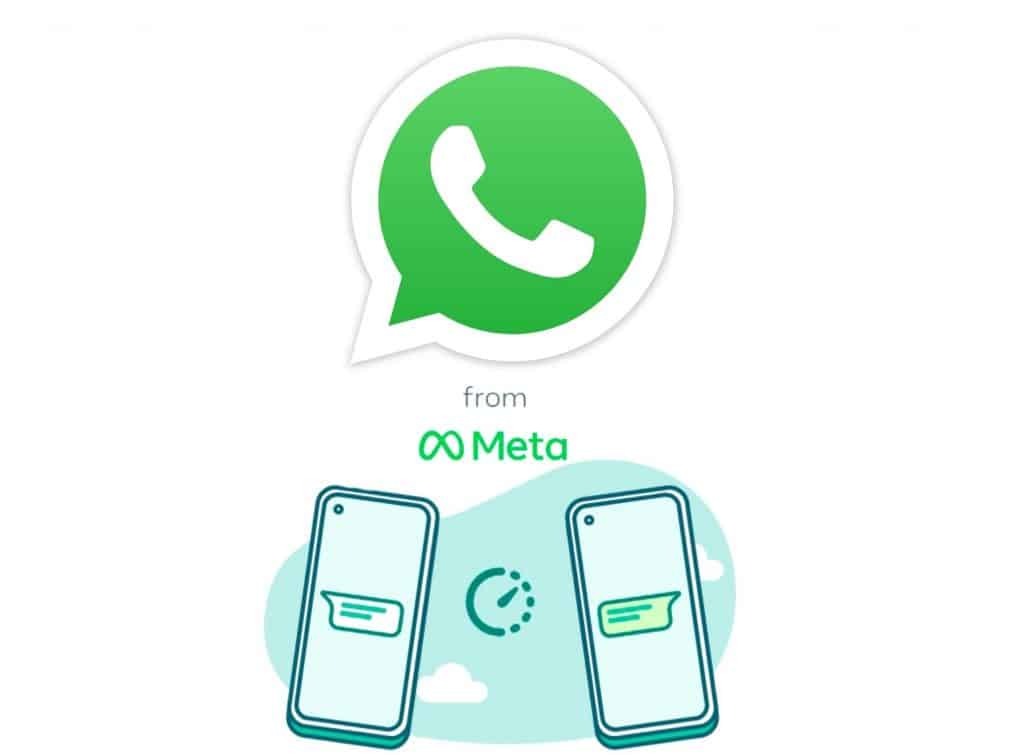WhatsApp, the popular messaging software long praised for its ad-free experience, is officially beginning its most daring revenue strategy yet. While its Meta brothers, Facebook and Instagram, have long been advertising powerhouses, June 2025 represents a critical turn for WhatsApp, marking a deliberate effort to monetize its huge worldwide reach, but not without substantial discussion and user scrutiny.
Since Meta purchased WhatsApp in 2014, the platform has mostly followed its co-founder Jan Koum’s famed mantra: “No ads! No games! No gimmicks.” This mentality created a devoted user base that valued privacy and a clutter-free interface. However, the massive daily interaction of over 1.5 billion users on its “Updates” page (previously Status) provided an unquestionable potential for Meta to expand its income streams.

Importantly, advertising will not display in private, end-to-end encrypted conversations. Instead, new features are limited to the “Updates” tab (previously Status), a public-facing component of the app.
- Status ads: Full-screen vertical ads that run between user status updates, allowing companies to offer items with direct calls to action to start a discussion.
- Promoted Channels: Businesses can pay to increase the exposure of their Channel in the directory, hence improving content and community discovery.
- Channel Subscriptions: Creators and organizations may sell unique content via paid monthly subscriptions, creating a new direct income source (with Meta planning a 10% charge eventually).
Meta confronts the problem of advertising without alienating consumers who are used to ad-free environments. Personal chats will stay private, but ad targeting will utilize “limited info” such as location, language, and channel interactions. Linking WhatsApp to Meta’s Accounts Center may potentially impact ad settings, increasing privacy concerns among users. Meta expressly claims that they will not sell phone numbers or utilize personal communications for targeting.
This transition generates tremendous value, particularly for entrepreneurs.
- Direct Customer Acquisition and Lead creation: High WhatsApp engagement (90 %+ open rates) enables successful lead creation with Status Ads and upgraded Click-to-WhatsApp campaigns, guiding prospects straight into targeted conversations for greater conversion rates.
- Scalable Customer Engagement and Support: Founders may use the WhatsApp Business API to send automated answers and tailored alerts (such as order updates), lowering operating expenses while keeping a human touch at scale.
- Community Building and Brand Storytelling: Channels provide a direct one-way broadcast platform for sharing updates, product launches, and brand tales. Promoted Channels increase discoverability, allowing innovators to build engaged communities.
- Direct Monetization: Paid Channel subscriptions empower content producers and community-focused enterprises with a new, recurring revenue stream from their most devoted audience.
Meta’s commitment is evident, given that experts predict WhatsApp will generate $30-$40 billion in yearly revenue from commercial communications. However, the final success depends on user approval. The important issue remains: will consumers welcome these improvements or seek alternatives if the balance between commercialization and a private, subtle experience is not maintained?
Written By:
Kesar Khatri

